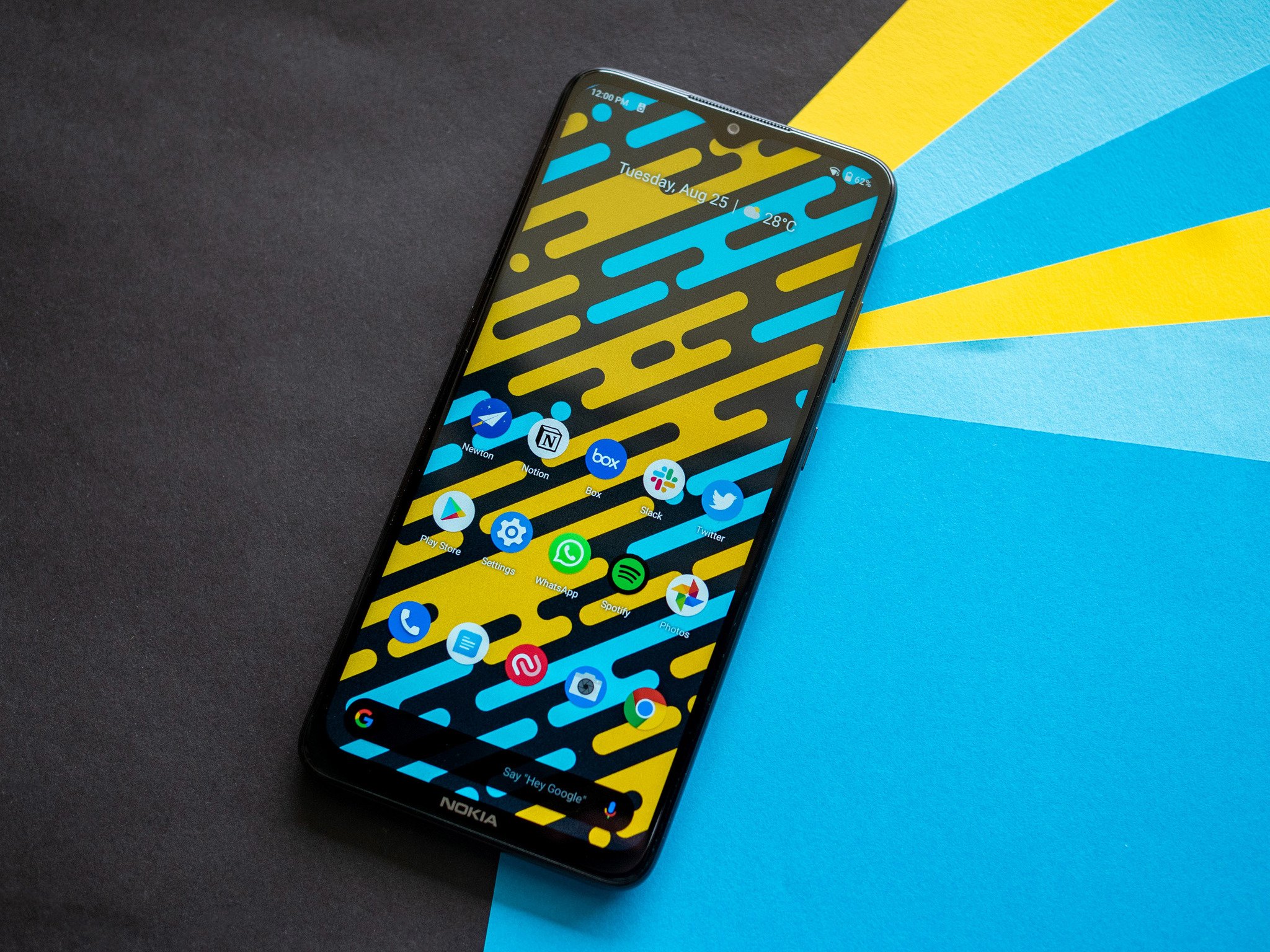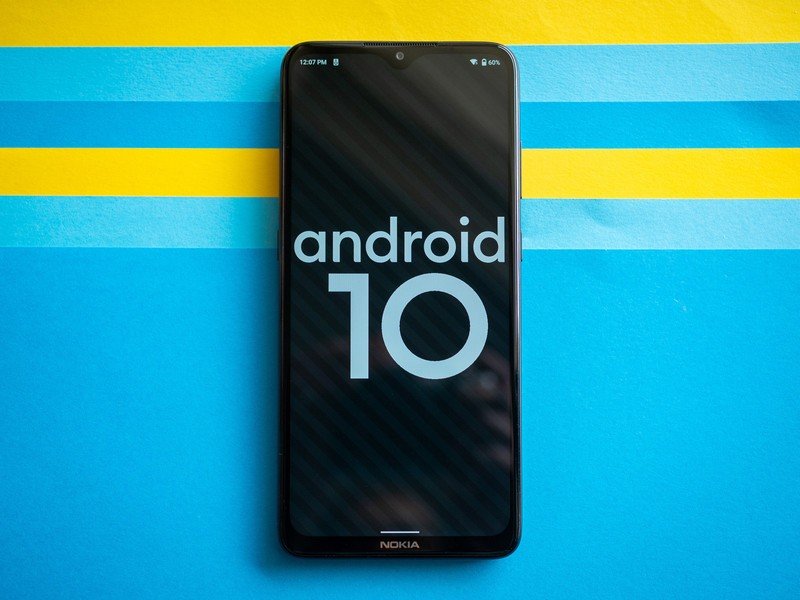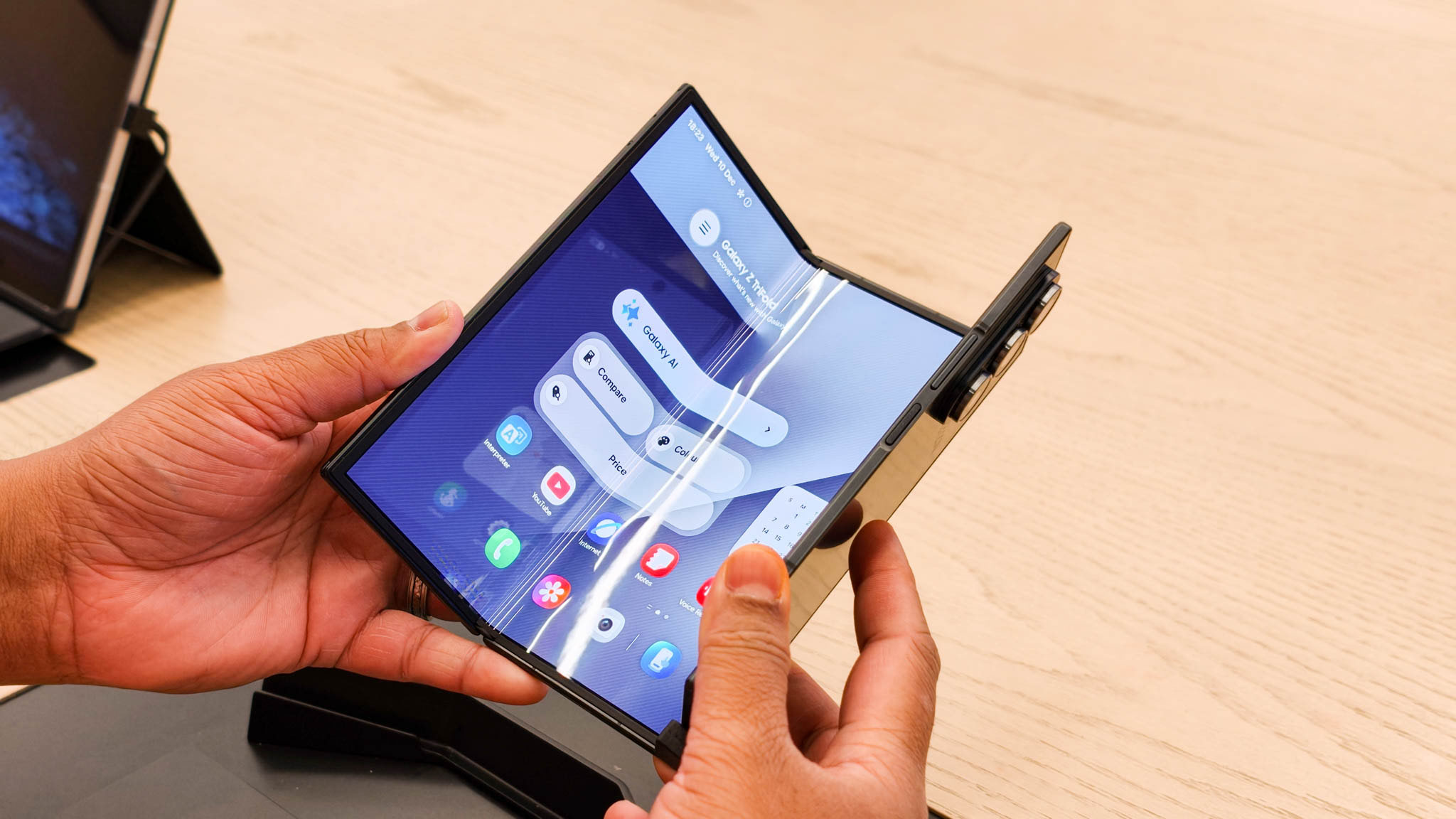Nokia's failure is the final nail in the coffin for Android One

I was at the event where Google introduced Android One back in 2014. The search giant selected India as the testbed for its ambitious initiative, teaming up with local manufacturers to deliver $100 phones with pure Android.
That experiment fizzled out shortly after launch, with Google and its partners failing to find any meaningful momentum. The lackluster hardware on offer with the first wave of Android One devices made them a nonstarter, so Google eventually scrubbed the program.
It rebooted Android One in 2017, this time turning to more established brands like Xiaomi and Motorola and focusing on the mid-range segment. The Mi A1 heralded the new wave of Android One: phones with great hardware along with clean software and the promise of quick updates.
Not a single Android One phone has been updated to Android 11 yet.
The shift in strategy allowed Google to gain some traction with Android One. The biggest win for the program came when Nokia committed to the initiative for its entire portfolio, ensuring there would be a stable cadence of Android One phones.
Three years after the reintroduction of Android One, the initiative is in disarray. Nokia is the only brand that is continuing to release Android One devices in 2020. The Moto G Pro — a derivative of the Moto G Stylus — is powered by Android One, but that model is limited to select markets. Xiaomi abandoned Android One after the Mi A3; the brand ran into continual issues with software updates, and its Android One devices failed to get anywhere close to the sales figures of their MIUI counterparts.
If you're looking to buy an Android One phone in 2020, you will have to pick up a Nokia phone. While Nokia started out strong with the likes of the Nokia 7 Plus, the Finnish manufacturer was not able to build on that success. Nokia has failed to release a good mid-range or high-end phone, with its latest — the Nokia 8.3 5G — lacking in several areas.

But Nokia's biggest failure is not with hardware, but delivering timely software updates. Google released Android 11 over two months ago, and the update hasn't rolled out to a single Android One device yet. The stable build of Android 11 rolled out to the Pixels on day one, and OnePlus delivered the stable update to the OnePlus 8 and 8 Pro last month.
Get the latest news from Android Central, your trusted companion in the world of Android
You shouldn't buy an Android One phone if you care about timely software updates.
Samsung is set to roll out the One UI 3.0 update to the Galaxy S20 and Note 20 series before the end of the year, and even OPPO has committed to offering the stable Android 11 update to its Find X2 series by December. Nokia, meanwhile, has shared its Android 11 update timeline, with the Nokia 8.3, Nokia 2.2, Nokia 5.3, and Nokia 8.1 slated to receive the update by the end of Q1 2021.
As we're seeing with Nokia — and several times in the past with Xiaomi and Motorola — Android One phones just do not get platform updates on time. The Nokia 3.1 and 5.1 were updated to Android 10 in October 2020, a month after the release of Android 11.
That's antithetical to the fundamental idea of Android One, and Nokia's failure in this area means we have to rethink the program as a whole. It's guaranteed at this point that Android One phones will not get timely updates, so the only reason to pick up these phones is if you want clean software. Google should have done more to enforce manufacturers to roll out timely updates, and in failing to do so, it has once again doomed Android One.

Harish Jonnalagadda is Android Central's Senior Editor overseeing mobile coverage. In his current role, he leads the site's coverage of Chinese phone brands, networking products, and AV gear. He has been testing phones for over a decade, and has extensive experience in mobile hardware and the global semiconductor industry. Contact him on Twitter at @chunkynerd.
